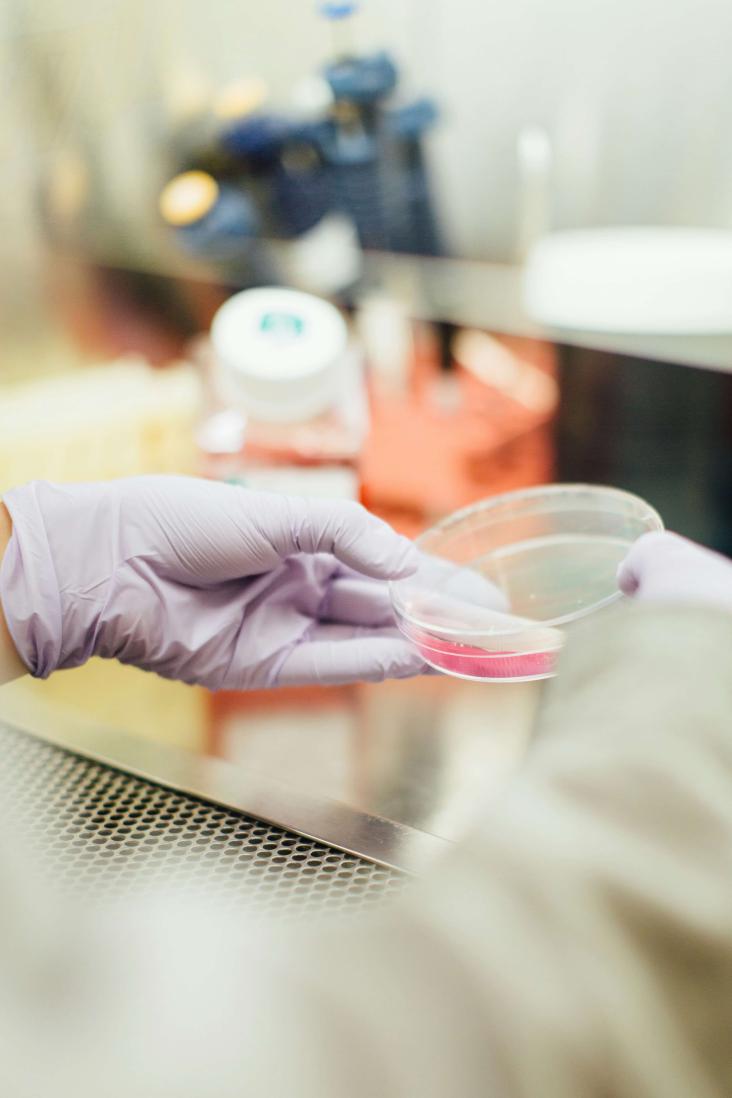Rosenberg's Molecular and Genetic Basis of Neurological and Psychiatric Disease, Volume 1, Seventh Edition, 2025, pp 99-113
Subsurface Hydrogen Energy Storage: Current Status, Prospects, and Challenges, 2025, Pages 123-150
Advances in Sustainable Humidification-Dehumidification Thermal Desalination Systems, Elsevier, 2025, Pages 1-15,
The content ties to SDG 6 (Clean Water and Sanitation), SDG 7 (Affordable and Clean Energy), and SDG 13 (Climate Action) by discussing small-scale thermal desalination techniques using low-grade heat sources to ensure sustainable water management and supply, promote affordable and clean energy access, and reduce greenhouse gas emissions through energy-efficient solutions. Greenhouse gas emissions are lowered through the utilization of low-grade heat sources.

On Wednesday 25th September 2024, the five 2024 WE Empower awardees will take part in the WE Empower SDG Challenge Pitch Night. Hosted by fashion designer, author and philanthropist, Diane Von Fur
Metallic Mineral Resources: The Critical Components for a Sustainable Earth, 2024, Pages 409-434
The energy transition will require new technology for clean energy. Many of those technologies require the use of critical metals which are nonrenewable and must be used responsibly and sustainably.

The 11th annual HPCC Systems Community Summit will kick off the week of October 7 with an exciting line up of speakers, sessions and engaging workshops.
This study explores the social impact of recycling human hair, waste face masks, and RMG waste into composite fields, which will help to reduce environmental pollution and global warming, achieve sustainability, develop a circular economy, and deter climate change. In contrast to societal impacts, the scalability, cost-effectiveness, and long-term durability of composites will not be an issue since the cost of waste is tiny, composite's strengths are higher than some natural fiber-reinforced composites, and those wastes can also be used to fabricate hybrid composites as cheap constituents.

